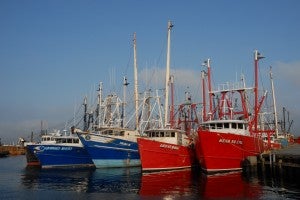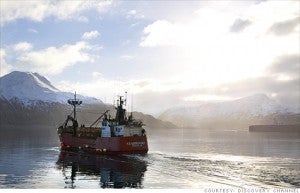 I recently co-authored an op-ed in the Bangor Daily Times entitled “’Disaster’ Funds Must be Used to Improve Groundfishing in the Long Term,” in which we discussed the importance of thinking about both the short and long term challenges facing the New England groundfishery. The Obama Administration recently declared the fishery a federal disaster.
I recently co-authored an op-ed in the Bangor Daily Times entitled “’Disaster’ Funds Must be Used to Improve Groundfishing in the Long Term,” in which we discussed the importance of thinking about both the short and long term challenges facing the New England groundfishery. The Obama Administration recently declared the fishery a federal disaster.
The deep decline in the numbers of cod and other groundfish in New England waters has created this critical need to help local fishermen and fishing communities. But any support to the fishing industry needs to be more than a simple transfer of money. We need to ensure that there are fish for the fishermen to catch in years to come.
By making smart investments now, we can do more than help fishermen through this crisis. We can take care of fundamental needs to provide assurance against potential future disasters. The op-ed outlines several steps that can be taken to ensure that these ‘disaster’ funds are utilized for the long term health and survival of NE fishermen, coastal communities and the fish that sustain them.
Read my full op-ed in the Bangor Daily Times or in the New Bedford Standard Times.












